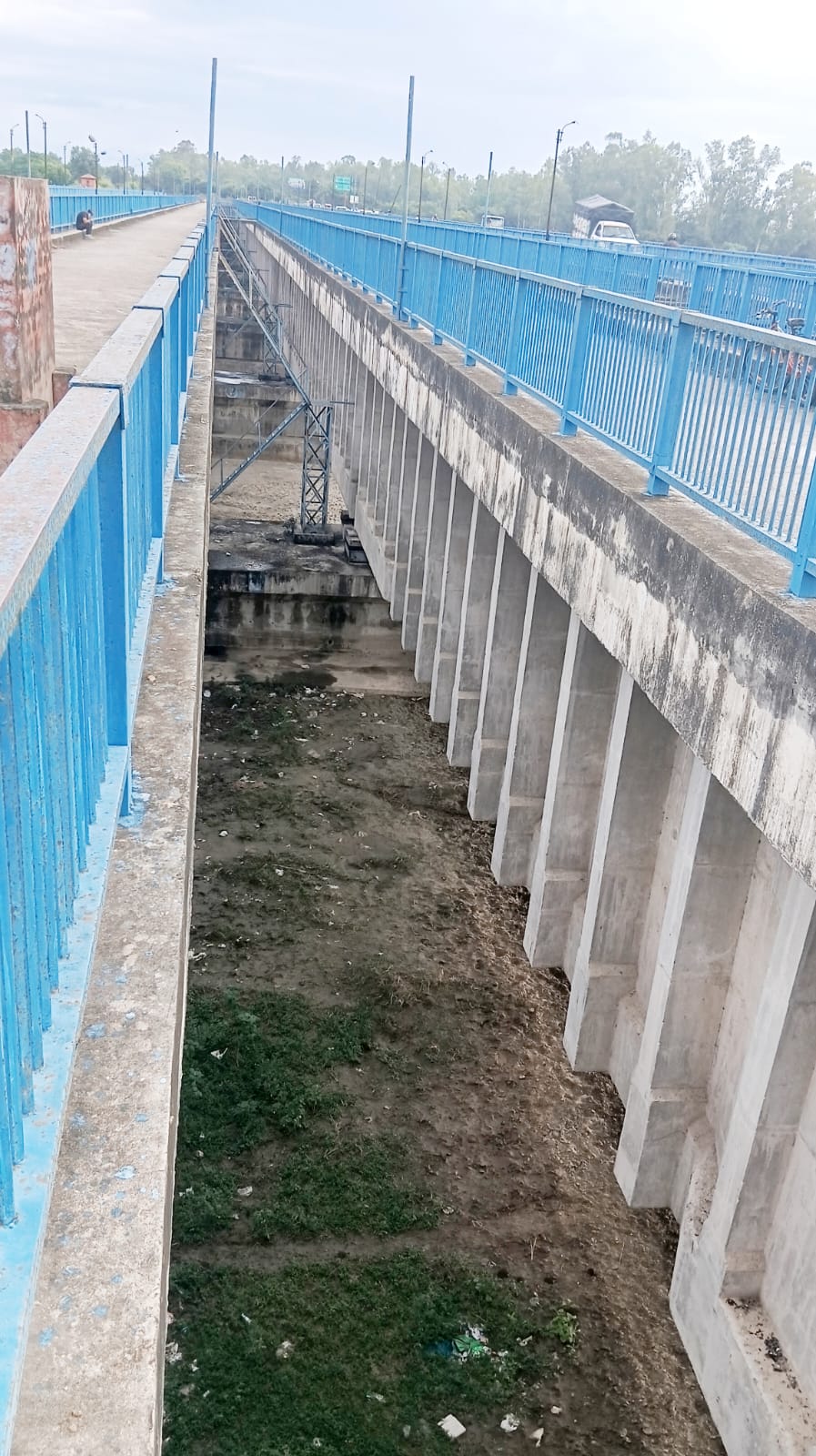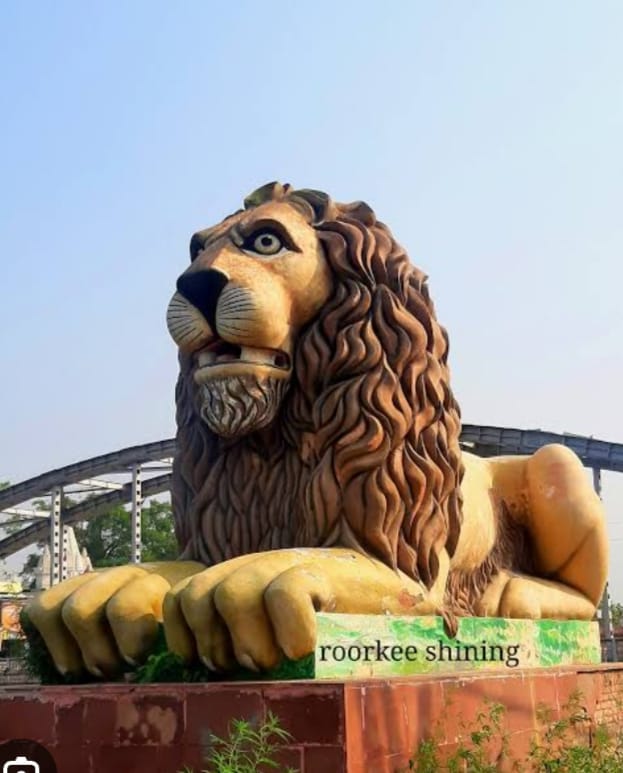By
Kaushal Kishore
Materials Engineer, Roorkee
The new Solani aqueduct on Ganges canal Roorkee was built with prestressed concrete which allows for longer spans and a simple more robust design compared to old bricks, lime- surkhi mortar masonry arches of the old aqueduct, in which 8.5 crores bricks were used, while iron railing used in the sides of two lanes were imported from England. This is interesting to note that materials bringing those days on ship from England to Indian ports take 6-10 weeks via the Suez canal or 3 to 6 months via the longer Cape of Good Hope. Calculate in it also time taken on road from Indian ports to Roorkee.
After retirement from University of now IIT Roorkee I joined M/S Roffe Construction Chemicals Pvt.Ltdd, Mumbai as it’s Chief Concrete Technologists afterwards I became it’s one of the Director.

AQUEDUCT picture taken on 7/10/2025
For the contractor of above aqueduct I designed M-40 grade of concrete with Roffe superpladticizer. Those interested may read my paper by visiting Google site and log in; Civil engineering portal The Ganges canal by Kaushal Kishore.
I had designed numerous concrete mix design almost all cements of India in this I find Utra Tech cement as one of best cement OPC and PPC both With Ultratech cement I had designed numerous concrete mixes from ordinary strength to M-80 grade concrete, self compacting concrete, shot crete concrete, fibre reinforced concrete, fly ash concrete and more There is life after retirement and after retirement I worked for 30 year’s which includes in free time working in home research and testing laboratory and numerous construction sites visits almost all India and outside India. At my age of 92 years I still work for 12 hours daily.
I had never worked for money. In spite of doing so gigantic work what to say about car I even do not have 2 wheeler not any of my house not a single inch of land in this world only pension from IIT Roorkee and few clothes

























hi vinay,
there so many software which are helping in ur career but it is early to learn these because they all are based on ur drawing or design knowladge. by the some are Auto cad ( 2D & 3D), 3D Max ( for Architectural),Staad Pro ( for designing), MS Project And Primvera ( For Planning And Projecting) etc
sir i am soo much interested to go for BS civil engineering but i am confuse so much confuse cuz i have already great knowledge of computer networking n done my mcp dont know i should go for BS civil or for BS computer science assist m plz
pls.iam in need of project topics for my final year project
sir,
i want to khow that in which place we ues the opposite side of the bricks………….?
what is the difference between civil and structural engineering!??
civil is a construction of a building.
structural is a construction of a beam,colomn&slab uses of buildings.
Civil Engineering has already explained above, while Structural engineering is one specilisation of civil engineering which focus on Design part of RCC & steel structures.
civil is so widespread in some branch same as (foundation . transportation . …) but structural engineering is limited to buildings and sth like that….
Structural engineering is one of thepart of civil engineering. civil engineering have more franches.
EXAMPLE : geodetic engineering, hydraulic engineering, and coastal and ocean engineering….
how to calculate uses of cement an one cubicmeter?
sir i am finish my BACCALAUREATE of civil engineering . how can i admission in us universities??? can you explain who can i keep on my education in any universities and what they want fro us???? thanks
sir,i am going to finish my diploma engg soon.can you tell me whether can i get admitted to jadavpur through lateral entry.
it shold be through from your state entrance exam.
what is charty test ?
Civil engineering deals with infrastructural work like mass transit,highways,dam,power e.t.c while structural engineering deals construction work base on design
sir,
what is the significance of stiffness in prismatic structures?what is yielding and non-yielding support reaction?
what’s the difference between civil engg and architecture? which one plays a bigger role in the society?
Hai friends,
If anyone have a soft copy of the fluid mechanics book by R.K Bansal, please forward to me
pls………….
what is the main work of civil engineer
what is rotational stiffness?
Hi,
pls. am about to start my final year project can my help me with a nice topic with some publication on it. pls. am under pressure, waiting for your response.
Kabir, which area do you intend to do your project?
what is the opportunities of civil engineering in the world
sir,what is throttling process?
sir,what is the relation between young’smodulus and modulus of rigidity?
sir/mam , CAN YOU pls send me the detaild of the sweage treatement